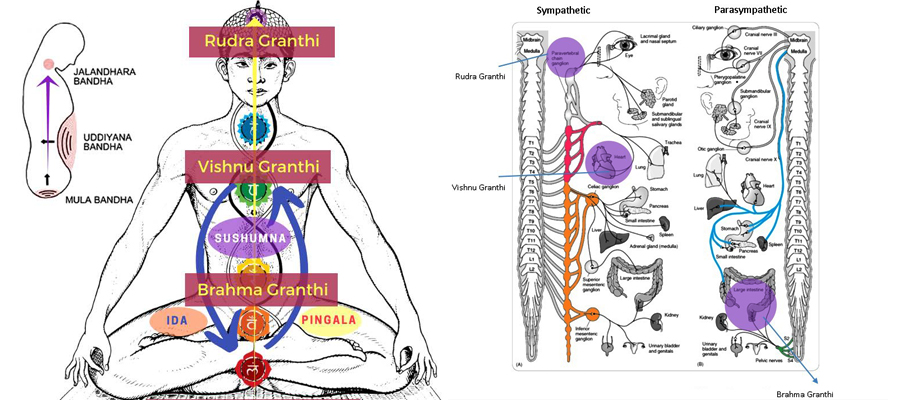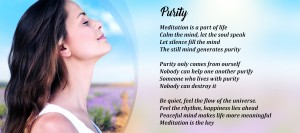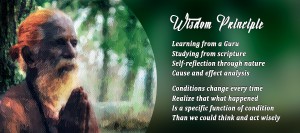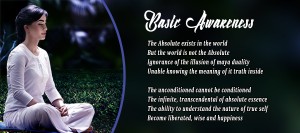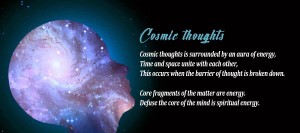- Symbolic representation of granthi, through the Linga and snakes.
- Representation of grant in the human body in a personified form.
Kundalini yoga, a classification under tantra yoga is the form of subtle energy that flows in tubular channels called Nadis towards the conductor. The conductor is nothing but the nerve energy in the physical body that is encased in the spinal canal and called Sushumna. The intersections are recognized as chakras, seven in number, where the two nadi crisscross. At every chakra, a perfect balance and harmony must be established between the two Ida, Pingala Nadi or otherwise the energy of kundalini cannot progress to higher levels in the central channel of Sushumna.
In sculptural representations of tantra yoga depictions, the mind was projected as the female deity and prana as the male deity. Some sculptures depict the two male and female figures to be in contact at three or five regions like the foot, knee, genital place (Muladhara), heart (Anahata) and the tip of the nose (that is connected to Ajna chakra). Some schools recognize the chakras to be sixteen starting from foot, knee, palm, and so on. The contact at the foot and knee is suggestive of the lower points from which the Ida and Pingala (Female and male Nadi) arise and proceed. The contact at the foot is suggestive of the initial phase of activating the Ida and Pingala Nadi.
To clear Brahma granthi is to establish in totality, clearing Vishnu granthi is perceiving the existence of universal life principle and to clear Rudra granthi is to attain a non-duality of realization of oneness and universal awareness.
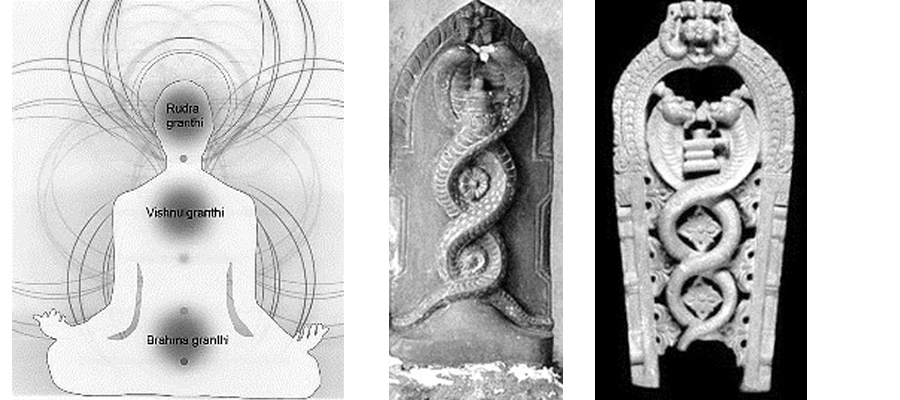
Brahma Granthi
Brahma Granthi at Muladhara chakra is represented by the Dhumra Lingam. Dhum means smoky. The linga is represented smoky and ill-defined (some Lingas made of Sphatika – a crystalline form of quartz stone) as a Symbol of the physical world. It is also called Svayambhu linga- the self-created linga. It signifies the establishment of life principles in totality.
Brahma granthi functions in the base region of the Muladhara chakra at the genital area and hence a display of organs. It implies the entanglement with physical pleasures, material objects, and excessive selfishness or a sense of fear. It also implies the ensnaring power of tamas – negativity, lethargy, and ignorance. Such negative qualities act as hindrances and stop the serpent power kundalini from awakening. Once this blockage is removed from the energy instincts of the deep rootedness with worldly affairs, the realm of consciousness gets awakened and the trapped serpent power energy is released. The kundalini or primal energy is thus able to rise beyond Muladhara and Swadhisthana without bogged down by the attractions to which our consciousness is hooked. On breaking open the Brahma granthi, the practitioner feels relaxed and enjoys bliss arising from the void.
The figures related to the granthis are nude because they are related to the state of mind ‘Chitta’ and personal. Muladhara relates to, Ajna chakra as the starting and release points of prana, which is indicated in the sculptures as contact points. Muladhara has a direct link to Ajna chakra – situated in midbrain but indicated as above the nose, between the eyebrows. The subtle energy of these two Ida-Pingala currents crosses over to connect with the right and left hemispheres of the brain.
Brahma granthi is the manifest force of the energy of life and creation, depicted in sculptures as the pleasure of touch. It is known as blockage of Brahma because it holds the consciousness at the level related to physical dimensions like sensuality or procreation. Once this blockage is overcome, the consciousness of deep rootedness to worldly pleasures is released. The kundalini can rise above, crossing this knot.
Vishnu Granthi
Vishnu Granthi in Anahata chakra (between Manipura and Ajna chakra) is represented as Bana Linga. The linga is depicted red or gold-colored as a Symbol of the subtle world. Clearing Vishnu knot is to perceive the existence of universal life principles.
The contact at the chest is the second stage of awareness at Vishnu granthi – to detach from emotions related to bondage. Vishnu granthi operates in the region of the Anahata chakra in the heart region. It is associated with the bondage of emotional attachment and attachment to people and inner psychic visions. It relates to the qualities of rajas – the tendency towards passion, ambition, bondage and assertiveness, individual ego and power. Once the blockage at Vishnu granthi is removed, the practitioner feels great bliss. The sustenance energy undergoes a change from the localized centers of the physical level to the universal level which means the energies of the body become harmonious with the energies of the cosmos. The interaction between the individual personality and the cosmos begins to happen naturally & spontaneously, enhancing the quality of compassion.
The position of placement of chakra wheel as balls suggests that she is activating the Ida and Pingala in legs as well as in hand with the acupressure or chakra ball. It also gives a hint that opening out of Vishnu granthi is not a spontaneous act. It begins from the hand and leg Nadi, followed by the opening of Brahma granthi at Muladhara. In the right hand, as she is holding the ball, highlighting the thumb as the starting point of Nadi in hands. Activating the center of hands and feet is beneficial to health.
The freedom from the knotty – worldly problems and the freedom from knotty congestion in her meridians that restricts the flow of bioenergy at her mental and physical levels – are viewed as obstacles, the root cause for problems and indicated as the cloth around the breasts called ‘kanchuka’ with a knot. Philosophically, clearing the knot of kanchuka means liberation – freedom from ignorance, bondage, commitments due to obligations of bondage, power are the obstacles project as knotty problems in life. The aspirant is constantly advised to dissociate from all limitations and identify oneself with all the pervading, blissful, non-duality spirit of the Brahman.
Rudra Granthi
Rudra Granthi in Ajna chakra is called Itara or Itakhya Linga. The linga is black, well defined with a very consolidated outline. Here, in Ajna, the awareness of ‘what I am’ is more sharply defined and various capacities are being awakened. The Dhumra and Bana Linga are depicted in lotus petals and only Itara linga is well defined. It signifies a state of non-duality. Clearing of Rudra granthi promotes spiritual vision. Awareness goes at the transpersonal level with super consciousness.
The loving gaze was used as a simile in tantra based sculptures to explain the abstract concept that mind (female) and prana (male) are harmonizing and mind is coming under the control of prana, in other words, mind is one with the object concentrated upon enjoying supreme bliss and super consciousness called ‘samadhi’.
The third contact at nose tip is related to crossing the hurdle of Rudra granthi – restraining from the thoughts of pride that comes sometimes from service to others or as the knower of knowledge. The pride prevents one from uniting with all with a non-dual thought. The three granthis when crossed, open the doors of Sahasrara chakra promoting spiritual vision and super consciousness. The Ida Pingala Nadi first intersect at the base of the spine and ends at the third eye center indicated at the apex of the nose. At the third eye center, these two currents cross over to connect with the right and left hemispheres of the brain.
The nose of the two male and female figures touch to symbolize the revitalization of memory and concentration of intuitive knowledge or cognition. Physiologically, the nasal nerves of olfactory bulb travel directly to the limbic area of the brain which controls the unconscious intuition of memory and sexuality. It functions in the region of Ajna chakra governing the Ajna and Sahasrara chakras. It represents the transformation of an existing form, idea or concept into the universal aspect. It is associated with the attainment of siddhis, a psychic phenomenon but still attached to and the concept of self as the power. In a psychological perspective, though serving others is a completely satisfactory way to spend one’s life at this stage, this service could create resentment against others, and view them as lesser beings as the pride of acquiring knowledge sometimes gains an upper hand. One must surrender the sense of individual ego and transcend duality to make further spiritual progress and then complete the circle by bringing that consciousness into compassionate actions.

